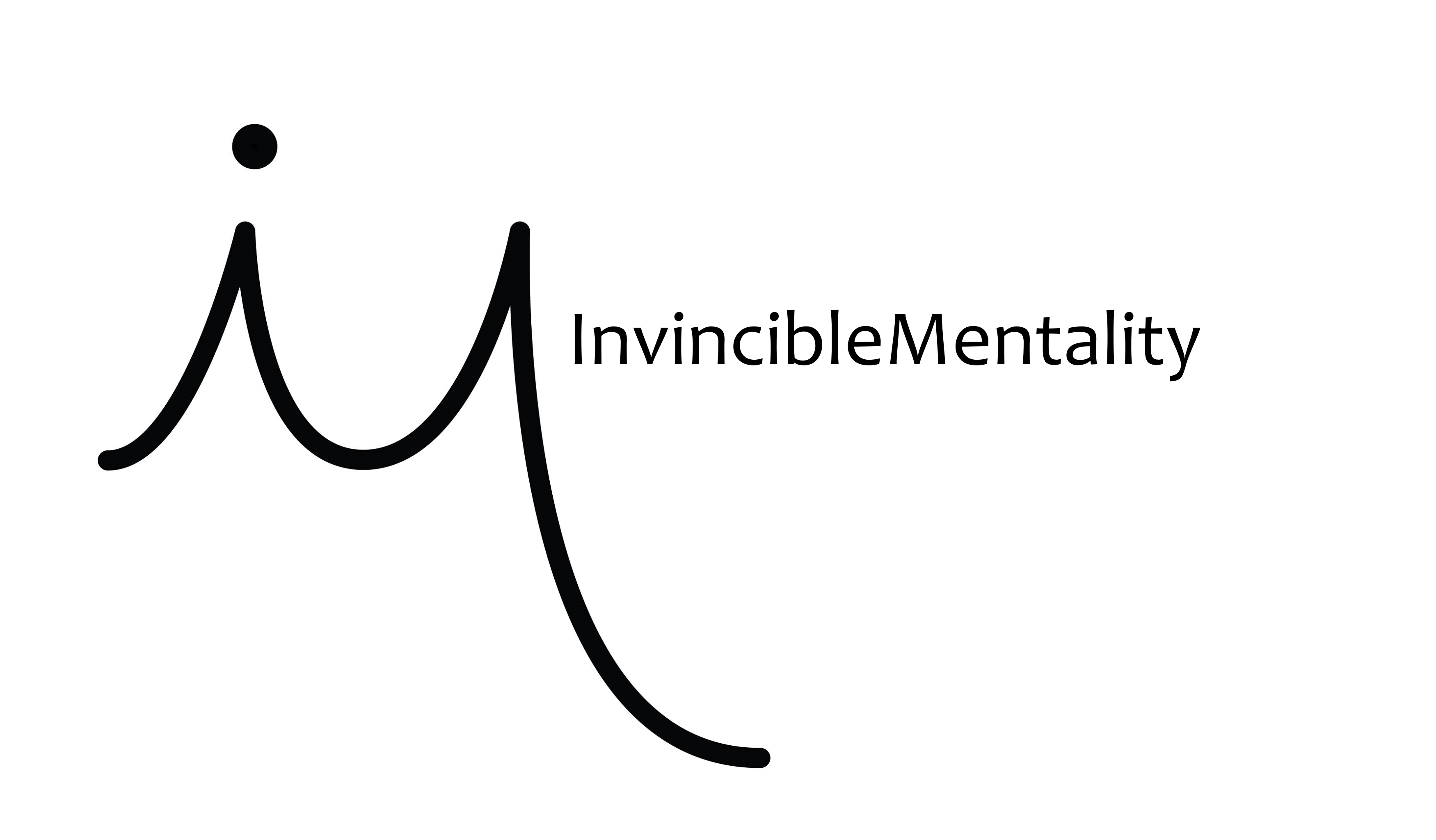Most Common Fitness Injuries & How You Can Prevent Them

This is a guest post from Lee Moran at Freedom Strength.
When carrying out a dedicated training regime, an injury inflicted by your workout is the last thing you want. You need to avoid any setbacks with your training goals and be in the know of some of the most common workout injuries and how best to prevent them.
From wearing the most suitable clothing and footwear and staying focused during your workout, to learning how to make the most of recovery time for your body and building up your strength gradually, implementing the right safety measures and being aware of potential injuries is crucial for your fitness development.
From novice level to competition level, workout injuries can happen to anyone and with any type of exercise. Regardless of your fitness level, injuries do happen and they are much more common than you probably think. Lee Moran, Director at Freedom Strength, has some great advice below and outlines some of the most common workout injuries and how you can prevent them.
Runner’s Knee
What is it? Common amongst runners, hence the name, Patellofemoral Pain Syndrome (nicknamed as runner’s knee) occurs when the stress of running creates irritation and the kneecap (Patella) rests on the thighbone. This type of injury can have many causes – it could be due to worn cartilage in the knee joints, high-arched feet, or even due to a biomechanical problem.
How to prevent it? Regular runners should try to run on softer surfaces when you can, as this will have less impact for your knees and help to prevent running-related injuries. Softer running surfaces include grass, earth, cinders, sand, and the treadmill. Pretty much anything other than concrete is recommended! Wearing the right running shoes for your exercise needs and personal foot shape is also crucial.
Pulled Hamstring
What is it? If the tendons or large muscles at the back of the thigh get damaged or torn, this injury will either be a pulled hamstring or a hamstring strain. A sudden hamstring strain will usually occur with a sprinting workout or with stretch-related sports including dancing, martial arts and gymnastics. You can usually tell when there’s a strain if you can feel a sudden sharp pain at the back of the thigh.
How to prevent it? A pulled hamstring can vary in severity, with most injuries being quite minor as long as the correct recovery is put into place. However, you should do what you can to prevent the injury in the first place. You can do this by warming up and stretching before and after your workout, and allowing more time for a warm-up session during the colder months.
Shin Splint
What is it? A shin splint injury is most commonly caused by repetitive stress to the connective muscle tissue encompassing the Tibia. Where repetitive strain and pressure is placed on the shins, sports including running, basketball, or tennis are most likely to result in a shin splint.
How to prevent it? Your footwear choices go far when it comes to shin splint injuries. This injury can easily be caused by repetitive weight on the legs which causes damage to the muscles. Having correctly fitting trainers which provide support and cushioning for your feet and ankles will ease the impact and help to prevent any injury.
Tendinitis
What is it? Tendinitis occurs when a tendon becomes irritated or inflamed and is often associated with sports such as tennis, golf and skiing. Most common within the Achilles and bicep areas, Tendinitis is commonly caused by tendons which haven’t been warmed up or stretched properly, or not used to a particular movement either.
How to prevent it? Luckily Tendinitis isn’t classed as a serious injury but can be easily avoided if the right safety measures are put into place! Warming up and stretching your tendons before carrying out any type of exercise is the best way to prevent this injury. Your activity level can then gradually be built up during your session, to allow your tendons enough time to warm up.
Lower Back Strain
What is it? A lower back strain injury is when the muscles and ligaments in your lower back become strained from being stretched too far. A lower back strain usually occurs with the lifting of heavy objects, especially when weightlifting and powerlifting training is involved. It can also occur when someone is lifting whilst twisting, or with any sudden impact or jarring motions to the lower back. Recovery time will always depend on how serious your lower back strain is.
How to prevent it? Stretching and warming up before any exercise or workout is crucial in preventing any lower back injuries. Regular core exercises, such as Yoga and Pilates, is a great way in developing a support system for your lower back and therefore providing added strength. Make sure to use the proper workout equipment safely, particularly if you’re lifting any heavy objects.
Shoulder Strain
What is it? Shoulder strain is very similar to lower back strain, where the muscles and tendons in the shoulder become strained from being stretched too far or overworked. A shoulder strain can develop slowly through continuous intensive training sessions and repetitive overhead lifting. Weightlifting, swimming, and tennis are commonly linked with shoulder injuries.
How to prevent it? Stretching properly beforehand and warming up before your workouts is the most important factor when preventing shoulder injuries. Allowing plenty of recovery time in between training sessions and not overworking your shoulder muscles with repetitive movements is also crucial in preventing injury. If your shoulder starts to feel painful or sore, take this as an early warning sign and don’t try to power on through with the pain.
~
About the author:
Lee Moran is Director at Freedom Strength, a fitness company providing high quality products designed to improve athletic performance. With over 15 years of military service, 28 years of active UK Fire Service and currently a powerlifting coach and nutritionist, Lee is well studied in advanced strength and conditioning systems.



